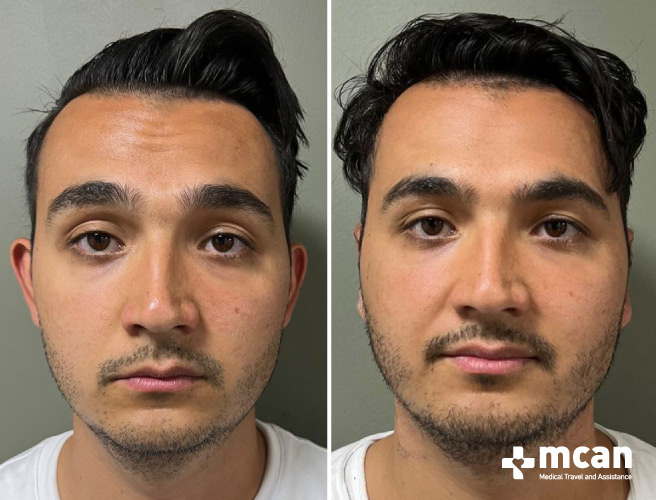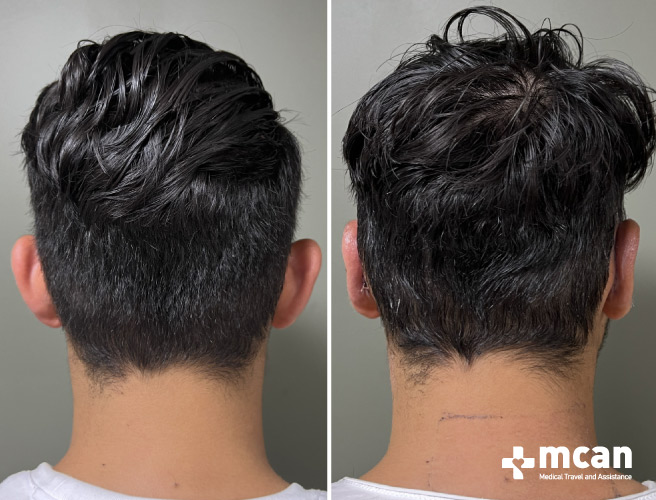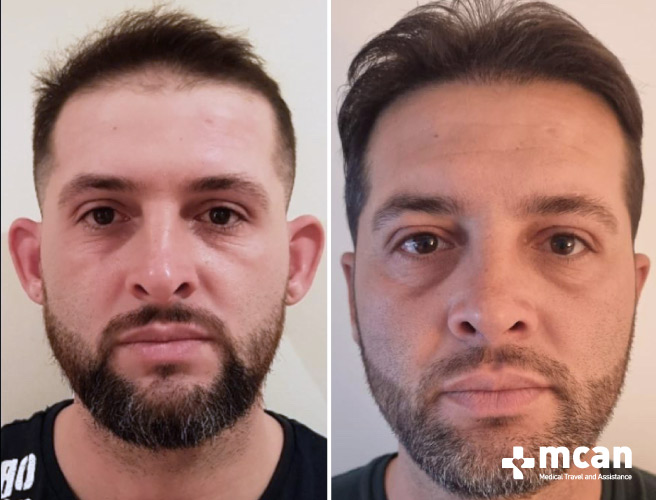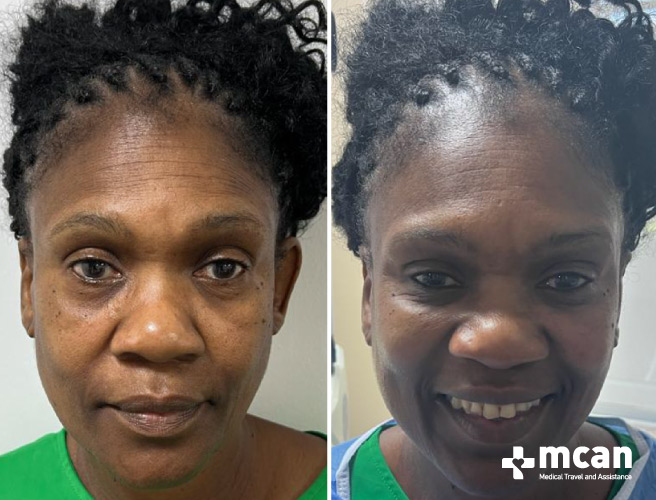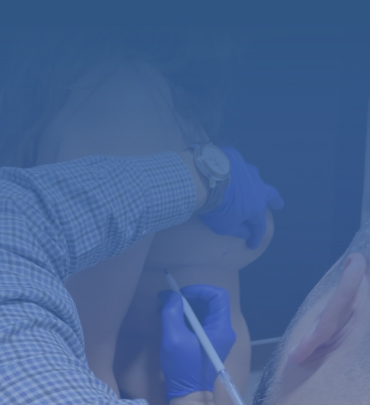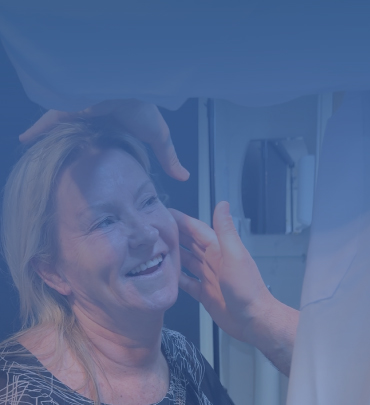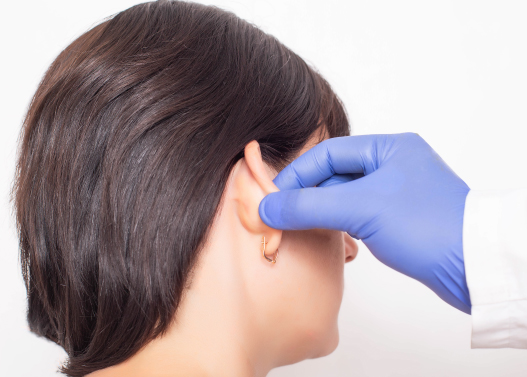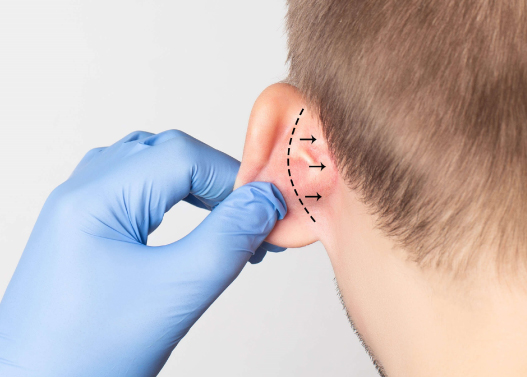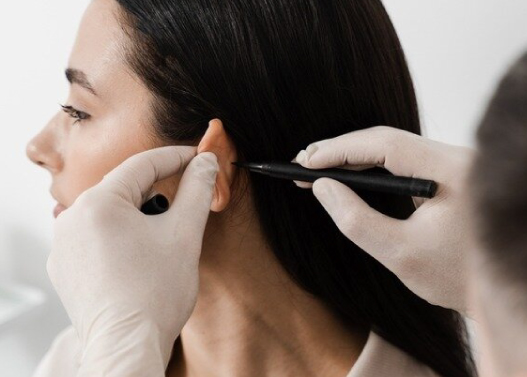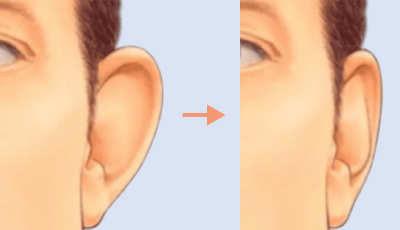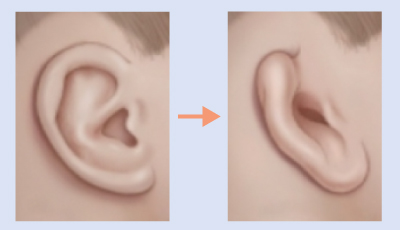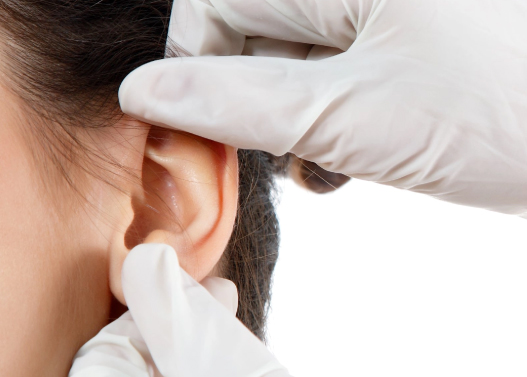Anesthesia Administration
The procedure begins with the administration of local anesthesia with sedation or general anesthesia, ensuring you remain completely comfortable throughout the surgery. The choice of anesthesia depends on the complexity of the procedure and your preferences.
Precise Incision Placement
Your surgeon makes incisions based on the specific corrections needed:
– Behind the Ear: For most procedures, the incisions are made within the natural creases behind the ear, leaving scars discreet and virtually invisible.
– Minimal Access: In cases of minor adjustments, smaller incisions may be used to reduce the appearance of scars further.
Cartilage Reshaping and Adjustment
The ear cartilage is repositioned, reshaped, or reduced to achieve a more proportionate appearance. For prominent ears, the surgeon may use techniques such as cartilage scoring or suturing to pin the ears closer to the head.
Symmetry and Proportion
Throughout the procedure, your surgeon ensures balanced adjustments to both ears, enhancing overall facial harmony and achieving natural-looking results.
Closing the Incisions
The incisions are carefully closed with fine sutures, focusing on minimizing tension to support proper healing. In many cases, absorbable sutures are used to simplify post-operative care.
Dressings and Post-Surgical Care
Protective dressings or bandages are applied to secure the ears in their new position and reduce swelling. In some cases, a compression band may be provided to offer additional support and maintain the corrected shape during the initial healing phase.

